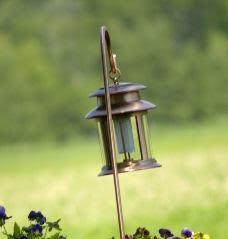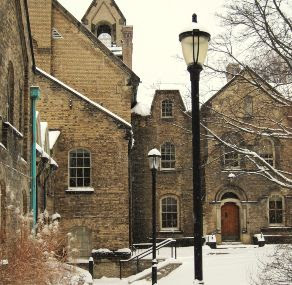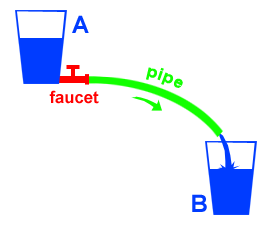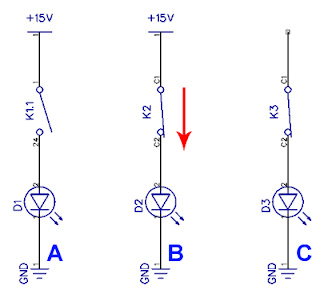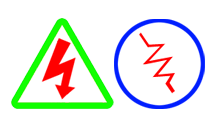 |
| Photo credit: jdurham from morguefile.com |
A projector lamp has a wide range of applications, not only used for presentations in business units and educational institutions, but also it can use in movie or home theaters.
Projector lamps are classified into three types, namely overhead, slide, and multimedia Projector lamps. To day, there are many different types of devices and projectors which most of them will usually require some type of light source.
The size and shape of projector lamps and bulbs vary enormously due to the huge range and types of projecting equipment that is available in the market today. A bulb that is suited to the old type movie projector will be very different from the lamps that are required to fit into a rear television television and they have a very different function.
The lamps may be installed by a specialist or in many cases installed by the projector owner or operator. While placing a lamp or bulb, make sure the screws or bolts of the terminals are not too tight as theses can break the ceramic part and damage the isolation of the lamp. However if they are not tight enough, they can cause too big a charge on the ballast causing it to break.
Always make sure the bulb is well housed in its cartridge. There may be a tendency to stop at the first sign of resistance. Continue applying pressure on the base of the bulb until it is well fixed within the cartridge.
Whatever the type of projector lamps that you used, after a certain point of time it will start to dim and die out and it is time to replace with the new one.


